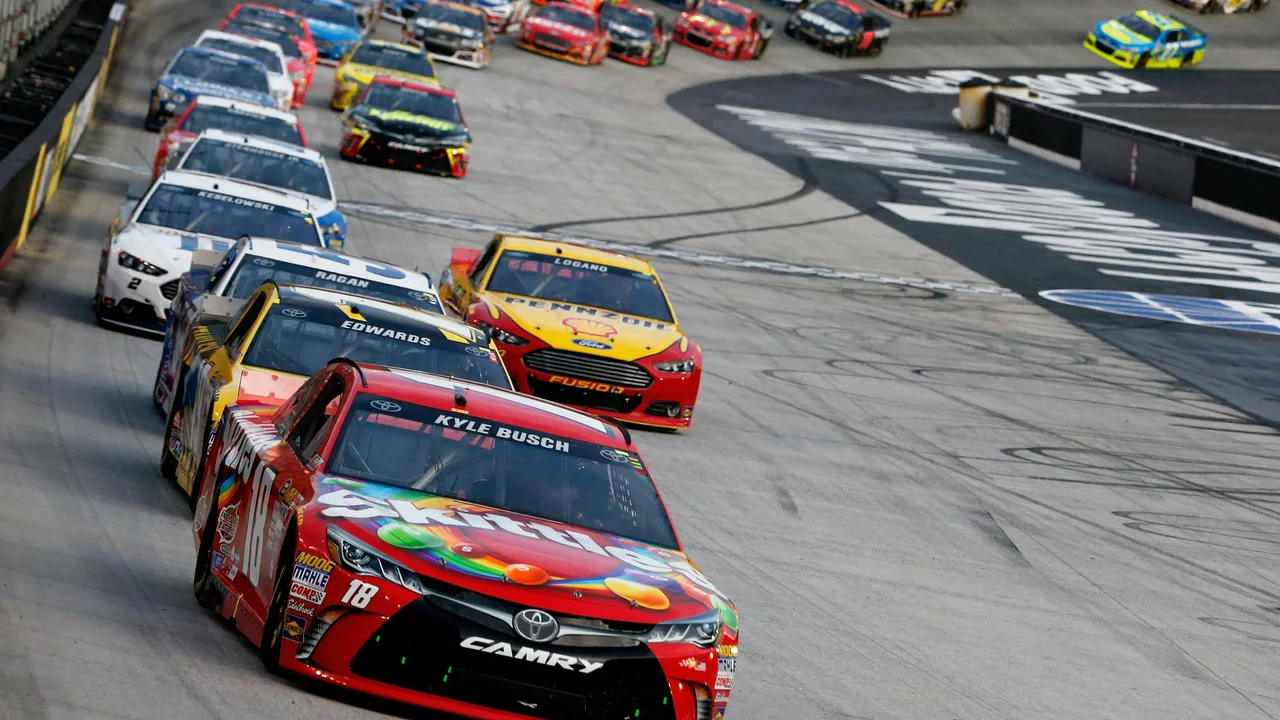In comparing NASCAR and F1 racing, there are several notable differences. NASCAR races primarily take place on oval tracks, whereas F1 courses are more intricate and varied. The cars themselves also vary greatly, with F1 cars being lighter, more aerodynamic, and designed for speed, while NASCAR vehicles are heavier and built for endurance. The strategies and skills required for each type of racing are also distinct, with F1 placing a greater emphasis on precision and technical driving, while NASCAR values drafting and overtaking. Finally, the two sports have different origins and fan bases, with NASCAR being predominantly popular in the US and F1 having a global following.
NASCAR Racing: What Makes It Tick
If you’ve ever heard a roar of V8 engines echoing around an oval, you’ve felt a piece of NASCAR magic. It’s not just speed; it’s the chase, the close‑quarters battles, and the way every lap feels like a gamble. In this guide we’ll break down the basics, the biggest events, and why fans keep coming back for more.
How NASCAR Works
Unlike Formula 1, NASCAR uses stock‑style cars that look like the ones you could buy at a dealer, but they’re built for raw power and durability. Races take place mostly on oval tracks, ranging from half‑mile short tracks to the massive 2.5‑mile superspeedways. Drivers line up, the green flag drops, and they trade positions for as many laps as the schedule demands—usually 200 to 500 laps.
Key to the sport is the draft. When a car follows closely behind another, it gets a speed boost, letting it slingshot past. That’s why you’ll see tight packs of cars moving together, especially at tracks like Daytona and Talladega. Pit stops add another layer of strategy; crews change tires, refuel, and make quick adjustments while the clock keeps ticking.
Why Fans Love It
Fans say NASCAR is the most accessible form of motorsport. The cars are familiar, the tracks are easy to understand, and the races are long enough to let personalities shine. You’ll hear cheers, see flags waving, and feel a community vibe that’s hard to find elsewhere. Many fans grow up with a family member who follows a driver, turning each race into a shared event.
Another draw is the variety of events. The Daytona 500 is the sport’s Super Bowl, while the Brickyard 400 brings a historic twist. Short‑track races give a gritty, door‑to‑door feel, and the playoff system—called the Chase—keeps the championship battle alive until the final race.
Getting into NASCAR is simple. Tune in to the race on a major network, check the schedule on the official site, and pick a driver whose style you like. Merchandise, fan clubs, and local track events let you dive deeper without spending a fortune.
In short, NASCAR offers high‑speed thrills, easy‑to‑follow action, and a fan community that feels like a big family. Whether you’re watching from a living room or cheering at the track, the excitement is always real and always loud.



